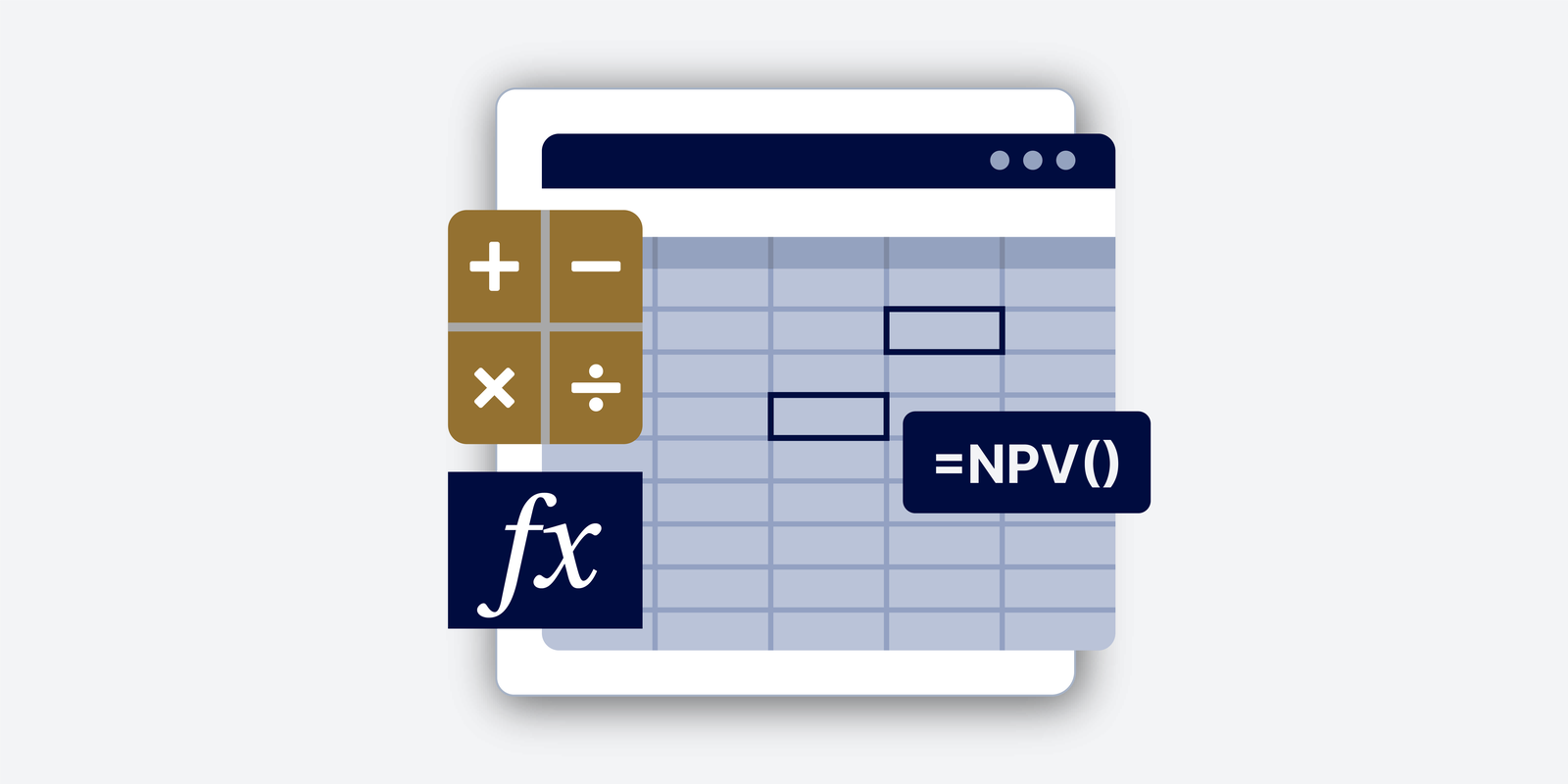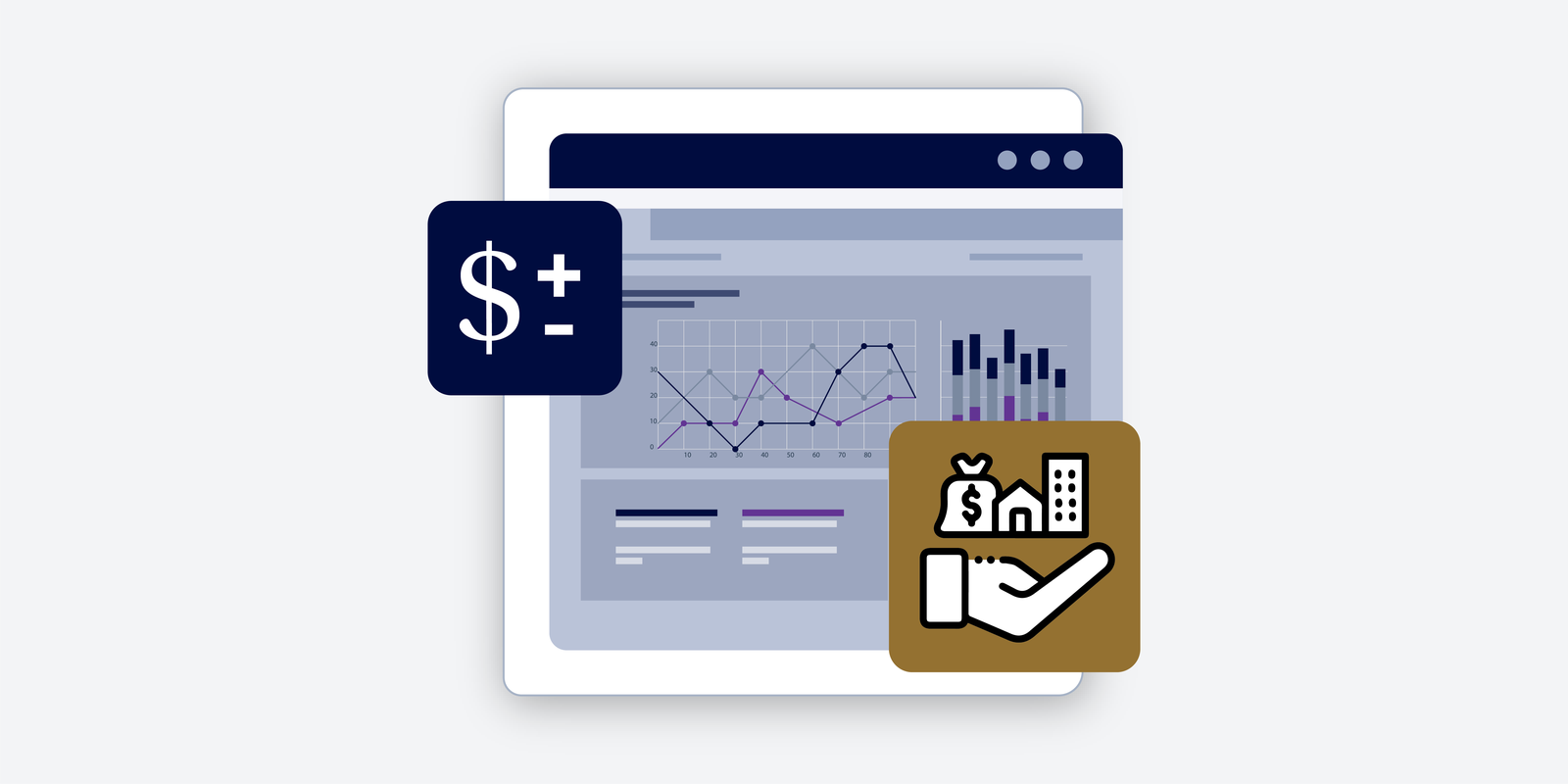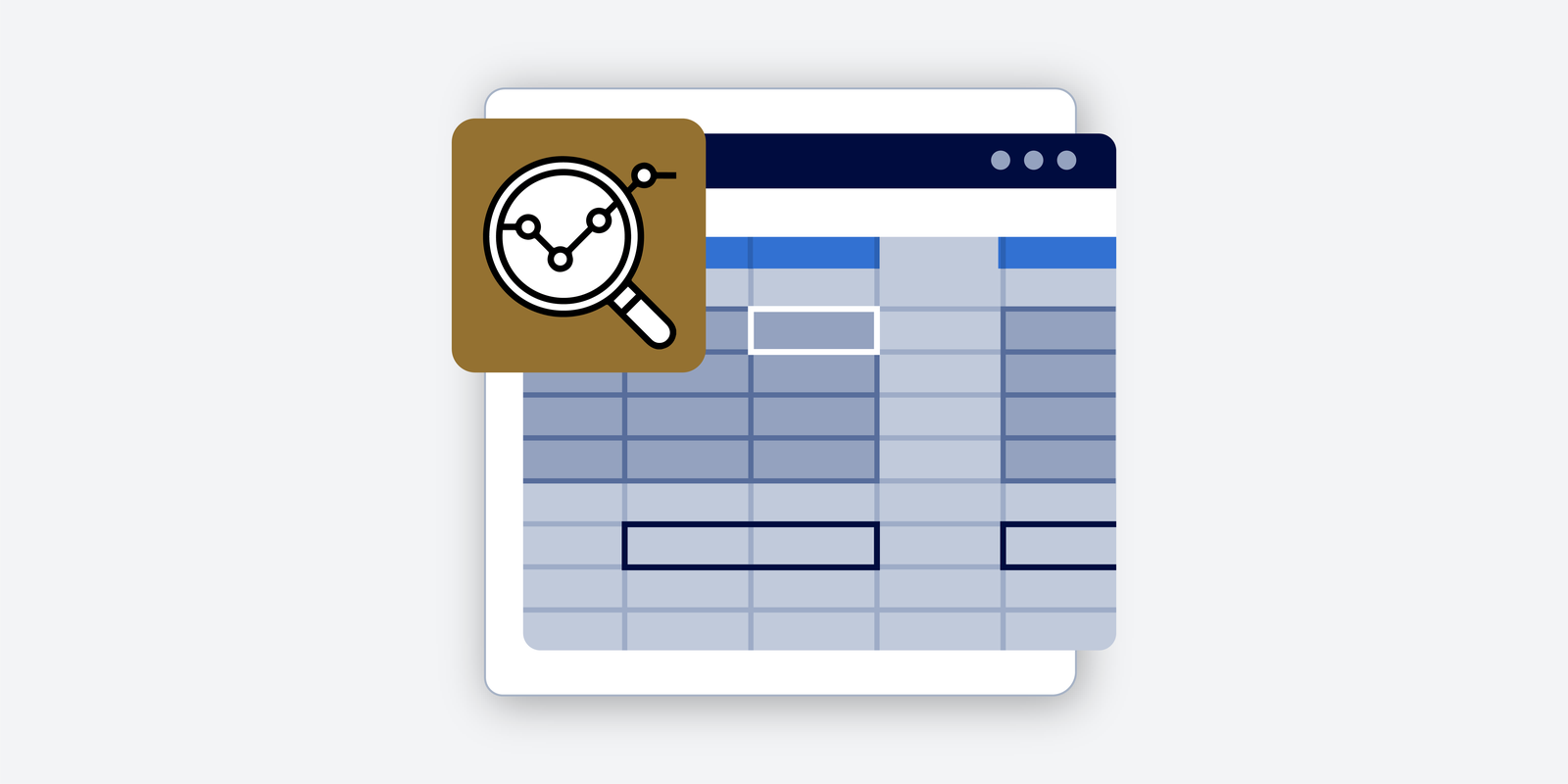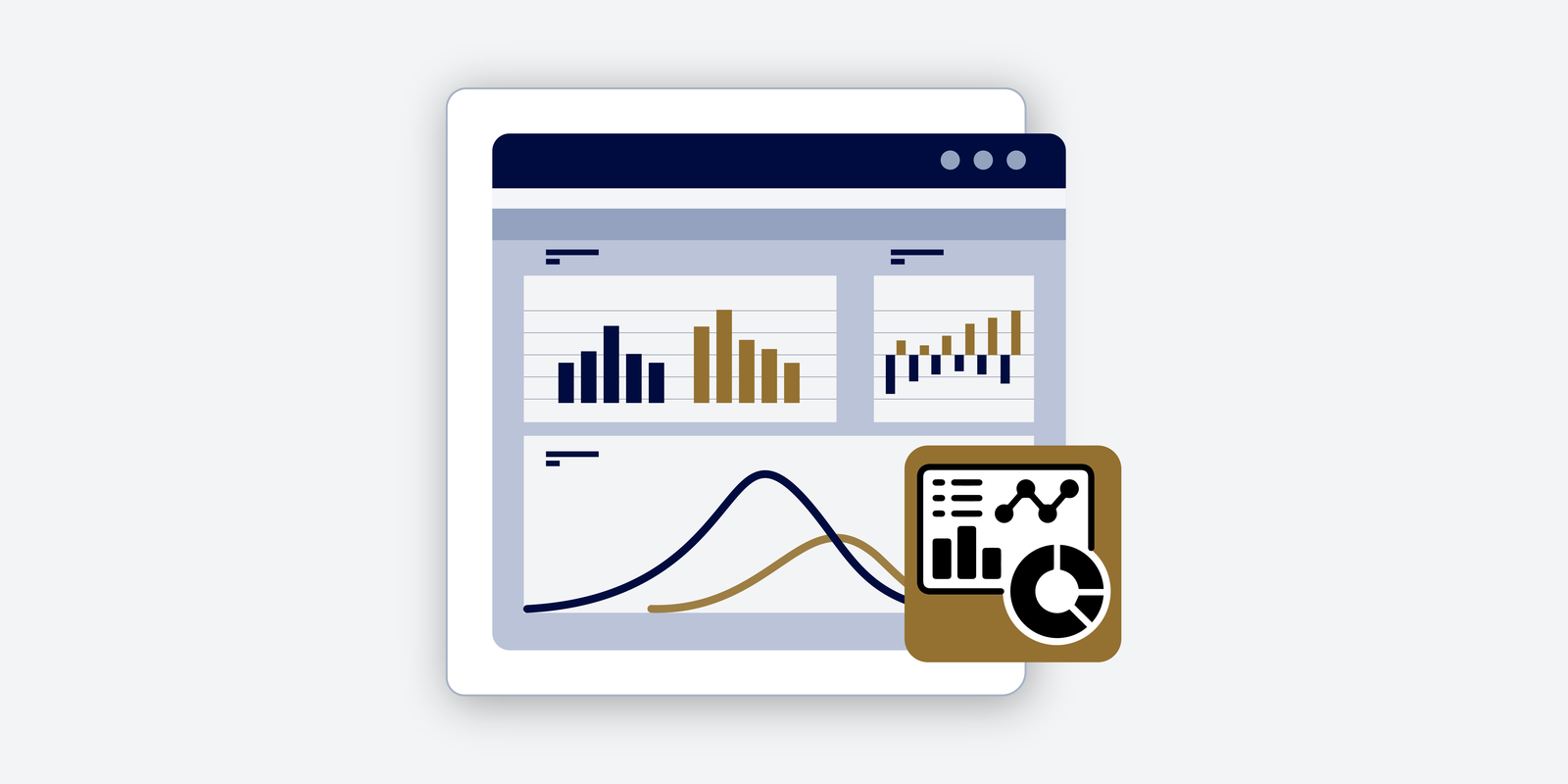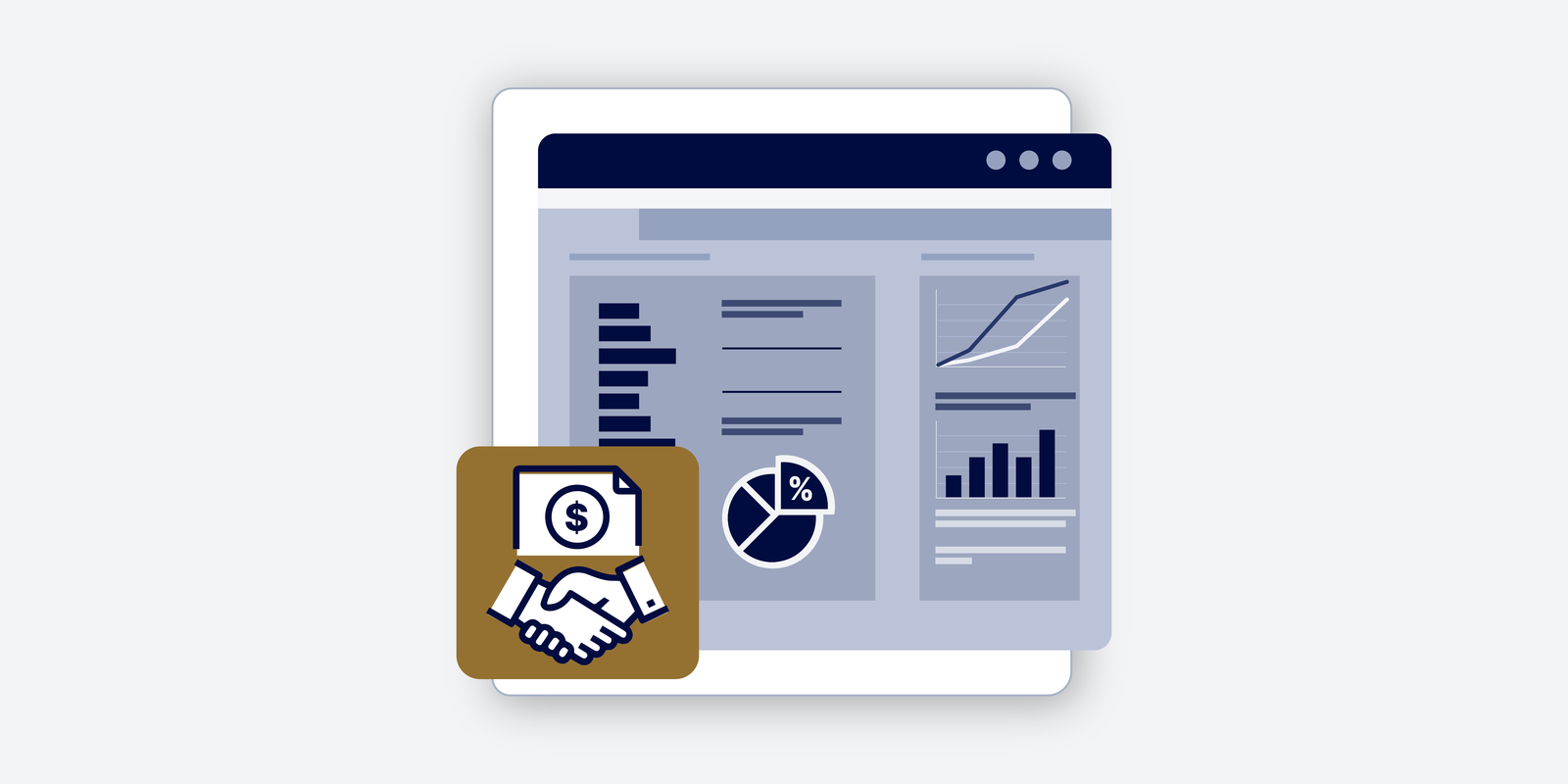Capitulation
What is Capitulation? Capitulation refers to a situation in which investors/traders liquidate their existing long stock position during an extended stock price decline. It can be viewed as the moment in which investors/traders lose hope in their long position and accept losses. Understanding Capitulation Capitulation, derived from the military, means to give up or surrender….
